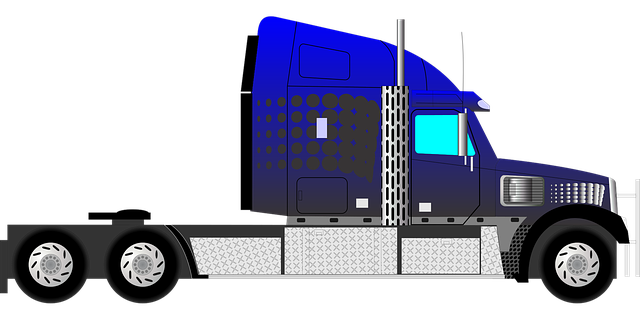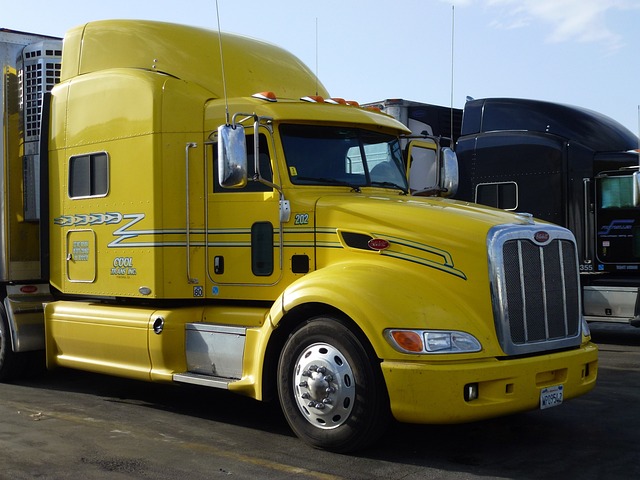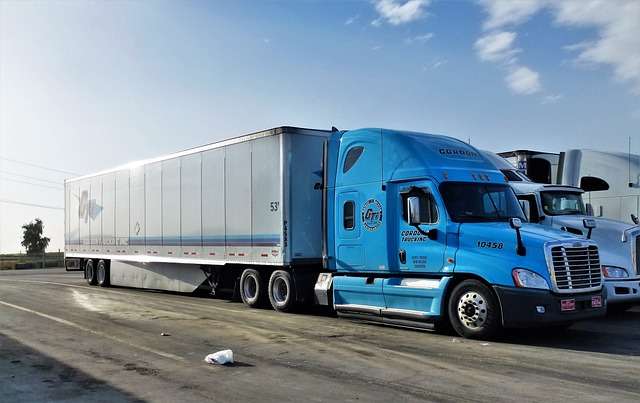When selecting a new truck battery, it's crucial to consider your vehicle's specific requirements and environmental conditions. Truck batteries come in three types: conventional lead-acid, advanced AGM (Absorbed Glass Mat), and lithium-ion, with AGM being a popular choice for their long life, resistance to shocks and vibrations, and spill-proof nature. The battery's cold cranking amperes (CCA) must match or exceed your truck's needs to ensure reliable engine starting in cold weather, especially if you operate in colder regions. Additionally, the reserve capacity (RC) is key for trucks with many electrical components that drain power over time. Always replace your battery with one of the same or higher ampere-hour (AH) rating and group size as your vehicle's original battery to maintain compatibility and performance. Safety precautions during installation include handling in a well-ventilated area due to hydrogen gas release, securely fastening the hold-down clamp, and properly reattaching terminals after installing the new battery. Post-installation, conduct a battery test to confirm its charge and check all electrical components for functionality. Regular maintenance checks with a multimeter can help detect performance issues before they lead to breakdowns. By carefully selecting and maintaining your truck battery, you ensure that your vehicle's electrical system remains reliable, safe, and functional.
When it comes to maintaining your truck, understanding and properly replacing your truck battery is a pivotal task. This guide demystifies the process, from recognizing signs of a failing battery to the steps for a safe replacement. Whether you’re a seasoned driver or new to truck ownership, we’ll help you select the optimal battery for your vehicle’s needs and ensure it operates reliably for years to come. Dive into our comprehensive guide on truck battery replacement to keep your truck’s power running strong.
- Understanding Your Truck's Battery System
- Signs It's Time for a New Battery in Your Truck
- Steps to Safely Replace Your Truck's Battery
- Selecting the Right Battery for Your Truck: Factors to Consider
- Post-Replacement Checklist and Maintenance Tips for Long-Term Reliability
Understanding Your Truck's Battery System

When addressing the topic of truck battery replacement, it’s crucial to first gain an understanding of your vehicle’s battery system. A truck’s battery is the heart of its electrical system and is responsible for starting the engine, powering electronic components, and maintaining essential functions such as the radio and headlights. Unlike their automotive counterparts, trucks often require more robust batteries due to the heavy-duty nature of their use. These batteries are typically designed to handle the rigorous demands of frequent starts, heavy loads, and various weather conditions.
Truck batteries come in two primary types: conventional lead-acid batteries and absorbed glass mat (AGM) batteries. Lead-acid batteries are cost-effective but may require more maintenance, as they are prone to spillage if damaged. AGM batteries, on the other hand, offer a longer lifespan, greater resilience against vibrations and shocks, and are completely sealed, making them spillproof and maintenance-free. Regardless of the type, when considering a truck battery replacement, it’s important to match the new battery with the ampere-hour (AH) rating and cold cranking amperes (CCA) specified for your vehicle. This ensures that the battery can deliver enough power to start the engine in various conditions, particularly in colder climates where a strong CCA is essential. Additionally, check the battery size and terminals to ensure compatibility with your truck’s electrical system. By understanding these aspects of your truck’s battery system, you can make an informed decision that will keep your truck’s electrical functions running smoothly.
Signs It's Time for a New Battery in Your Truck

When your truck’s battery begins to show signs of diminished performance, it’s crucial to address the issue promptly to avoid unexpected failures. A dying battery can leave you stranded, especially in critical situations where a reliable start is essential. To determine if it’s time for a new truck battery, observe the following indicators: consistently sluggish engine cranks, particularly on cold mornings; warning lights on the dashboard that signal low voltage or charge; and an increase in electronic accessory problems like slow window operation or difficulty in starting infotainment systems. Additionally, if your battery is more than three to five years old, it may be approaching the end of its lifespan, regardless of state of charge. Regularly check the battery’s voltage with a multimeter; a reading significantly lower than the manufacturer’s specifications is a clear indication that replacement is imminent. Regular maintenance and professional inspections can help extend your truck’s battery life, but over time, all batteries degrade. Keep an eye on these telltale signs to ensure your truck’s battery remains reliable and capable of handling the demands of daily use.
Steps to Safely Replace Your Truck's Battery

When it’s time to replace your truck’s battery, safety and precision are paramount. The process begins by preparing the area where the vehicle will be worked on. Clear the vicinity of any flammable materials and ensure the workspace is well-ventilated due to the potential release of hydrogen gas during disconnection. Always start by disconnecting the negative battery cable first to prevent any electrical shorts that could lead to a dangerous situation. Once this is done, locate your truck’s battery, typically found in the engine compartment. Carefully remove the battery hold-down clamp and the terminals, noting their orientation for correct reattachment later.
With the cables detached, the old battery can be removed and the new one set into place. It’s important to ensure that the new battery is of the same type and capacity as the original, or better, to match your truck’s electrical needs. Once placed, securely fasten the hold-down clamp and reattach the terminals, ensuring tight connections without overtightening, which could damage the terminals. After installation, perform a battery test to confirm that it holds a charge and that all electrical components are functioning correctly. Lastly, refill the battery with distilled water if it’s a traditional lead-acid model, ensuring the levels are between the indicators without overfilling. Always consult your truck’s manual for specific instructions related to your vehicle’s battery system to ensure compatibility and safety during replacement.
Selecting the Right Battery for Your Truck: Factors to Consider

When it’s time to replace the battery in your truck, selecting the right one is crucial for both performance and reliability. The ideal truck battery should align with your vehicle’s specifications and usage patterns. Firstly, consider the type of battery that suits your needs; there are three main types: conventional lead-acid batteries, absorbed glass mat (AGM) batteries, and lithium-ion batteries. Each has its advantages in terms of lifespan, maintenance requirements, and cold-cranking amps (CCA). For instance, AGM batteries are spill-proof and have a longer life span, making them a popular choice for trucks that endure frequent use or harsh conditions.
Additionally, the size and group size of the battery must match your truck’s make and model. This information can typically be found in the vehicle owner’s manual or by consulting with a professional. The cold cranking amps (CCA) rating is another significant factor; this measures the battery’s ability to start the engine in cold temperatures. A higher CCA means better performance in colder climates, which is particularly important for trucks used in environments where sub-zero temperatures are common. Lastly, consider the reserve capacity (RC), which indicates how many minutes the battery can maintain essential functions after a full charge is depleted. By carefully evaluating these factors, you can ensure that your truck’s battery provides optimal function and longevity.
Post-Replacement Checklist and Maintenance Tips for Long-Term Reliability

When maintaining your truck, prioritizing your battery’s health is paramount, as it’s a linchpin in your vehicle’s overall functionality. Understanding your truck’s battery system and recognizing the signs indicating a battery’s end of life are crucial steps to prevent unexpected failures. This guide has equipped you with the necessary knowledge to safely and effectively replace your truck’s battery, select the optimal battery for its specific needs, and maintain it for long-term reliability. By following the detailed steps and maintenance tips outlined, you can ensure that your truck’s battery remains robust, enhancing your trucking experience. Remember, a well-maintained battery is synonymous with a dependable truck, so take proactive measures to keep your ride running smoothly.



